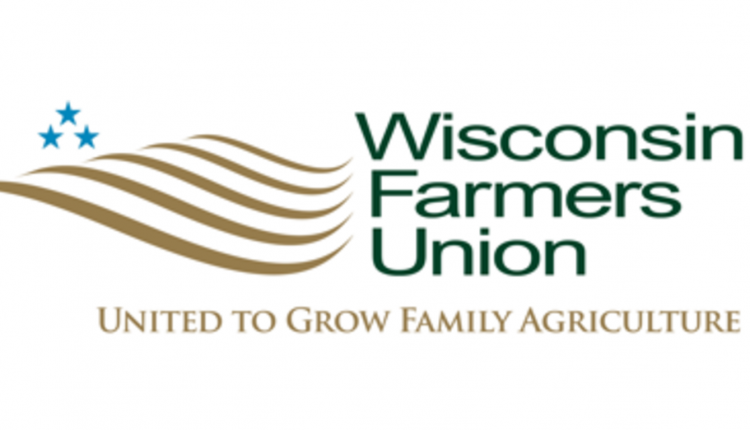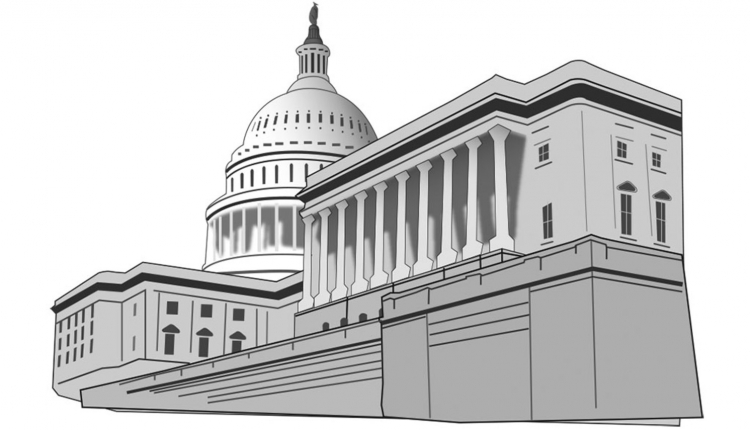The Federal Milk Marketing Order (FMMO) changes went into effect June 1, impacting dairy producers in all 11 orders. The largest raise in Class I was seen in Order 5 (Mid-Atlantic), which went up from $3.40 per hundredweight (cwt.) to $5.60, while the lowest increase was in Order 131 (Arizona), which rose 25 cents per cwt.
Darigold, the marketing and processing subsidiary of the Northwest Dairy Association (NDA), recently sent a letter to members announcing a new deduction of $4 per cwt. The escalation is partly to right the ship for the co-op’s now-over-budget construction project of a protein and butter plant in Pasco, Wash., which news outlets reported came online in early June.
The World Health Organization has officially recognized Brazil, the world’s largest beef exporter, free of foot-and-mouth disease. The status, achieved without the use of vaccination, was announced June 6.
U.S. Dairy Export Council and National Milk Producers Federation recently collaborated with Mexican organizations in a summit to unveil a joint work plan. The plan is designed to foster growth and trade of milk and dairy products across the two countries’ borders and to enhance animal health coordination.
After declines in 2022 and 2023, Chilean milk production has climbed to record levels in 2025. Plentiful rainfall in the country’s two largest dairy regions has bolstered the jump in production.
USDA announced the Emergency Livestock Relief Program to cover grazing losses due to eligible drought or wildfire events in 2023 and 2024. The relief payments will be automatically issued for producers who have an approved Livestock Forage Disaster Program (LFP) application on file for applicable years.
The U.S. dairy cow herd was up 101,000 head in April 2025 compared to the start of 2024. However, the gain in numbers to reach 9.425 million total head has less to do with replacement inventories and more to do with a historic pullback on culling.
Dairy farms have culled 600,000 fewer milk cows dating back to Labor Day 2023 as shown in the graph below. In the final 18 weeks of that year, dairy farmers sent 140,500 fewer dairy cows to slaughter compared to 2022, noted CoBank’s Corey Geiger.
This big pullback continued throughout 2024 as 367,400 fewer head of dairy cows went to slaughter as dairy farmers looked to shore up herd numbers when faced with fewer heifers. To start 2025, the pullback on culling continued to the tune of 94,300 head through May 17, based on USDA slaughter data.










